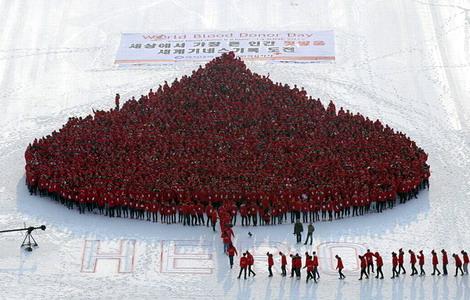China to reform prices in energy sector
Updated: 2012-02-29 10:35
(Xinhua)
|
|||||||||
BEIJING - China will reform its energy and resource pricing system this year, but will time it to minimize impacts on consumer prices, the country's price regulator said Tuesday.
The move is aimed at letting the market play a role in helping users be more economical with their energy use and protect the environment.
"We will reform the pricing scheme, and launch it according to economic operation to minimize its overall effect," said Zhou Wangjun, deputy chief of the Price Department with the National Development and Reform Commission (NDRC).
There has long been criticism that reform of energy and resource pricing is wrongly based on global prices, undermining the buying power of domestic residents as their incomes are relatively low.
"The reform should not be simply regarded as 'raising prices,'" Zhou said in an interview with Xinhua, explaining that it will inevitably push up prices for some energy and resource products as their rates were kept low in the past to facilitate the country's economic development and people's daily lives.
But it would be hard to ensure domestic supply if prices of energy and resources with high dependence rates remained lower than these on global markets, the deputy chief said.
As China became more integrated into the global market, its dependence on imported resources such as oil and iron ore also increased rapidly.
The economy's oil dependence rate has reached 57.5 percent, and its dependence rate of foreign iron ore and natural gas stands at 65 percent and 15 percent, respectively, Zhou noted.
"The government will take a comprehensive consideration of its needs in economic and social development, and social bearing capacity," he went on.
Zhou said the government will consider global market factors when adjusting prices for products with high dependence rates, while pricing self-supplying products in line with the levels that the domestic market can bear and prices of substitute products.
With the consumer price index (CPI), a main gauge of inflation, easing to 4.1 percent last December after hitting a 37-month high of 6.5 in July, the country seemed to have more room to mull price reforms.
But the CPI rebounded to 4.5 percent in January mainly because of festival and weather factors, Zhou explained.
He said the CPI growth will ease significantly from last year, citing that vegetable prices will drop further as the weather gets warmer, and pig prices, which were the main driver for CPI growth last year, also retreated as production increased.
The government will continue adopting measures to tame inflation this year, Zhou added, noting that efforts will be made to stabilize pig and vegetable production, further cut logistics costs, regulate the energy market to ensure supplies and subsidize low-income households.
It takes time to narrow the income gap with developed countries, but China's residential incomes will increase steadily along with its growth and efforts to restructure its income distribution, according to Zhou.
The government will focus 2012 price reforms on electricity, oil, natural gas and water, he said, with more cost controls placed on power grid companies and differential prices introduced for residential power use this year.
The government will also work to shorten the adjusting period for oil prices, and improve the adjustment measure, Zhou added.
China's oil pricing system has been the subject of complaints for failing to reflect global oil prices in a timely way. Under the current system, the NDRC will adjust domestic fuel, diesel and gas prices when average prices for Brent, Cinta, and Dubai crude oil move by 4 percent within 22 consecutive working days.
Furthermore, the government will advance pilot price reforms for natural gas in southern Guangdong province and Guangxi Zhuang autonomous region, while promoting water price reforms concerning agricultural use, according to Zhou.
Related Stories
Energy pricing: new thinking 2004-08-13 10:11
China mulls deregulating energy prices 2005-11-14 05:10
Energy price increase is good news for China 2006-06-13 09:35
China not to blame for energy price spikes 2008-08-29 07:28
- Lifeline thrown to Shanghai's bookstores
- Govt drive aims for fair play on taxis
- High-emission vehicles banned and fined in Beijing
- Business lawsuits in sharp increase in China
- Wealthy residents favor yuan in 2012
- China investment set to increase
- Iron ore prices 'to weaken'
- Overseas money shot in the arm








